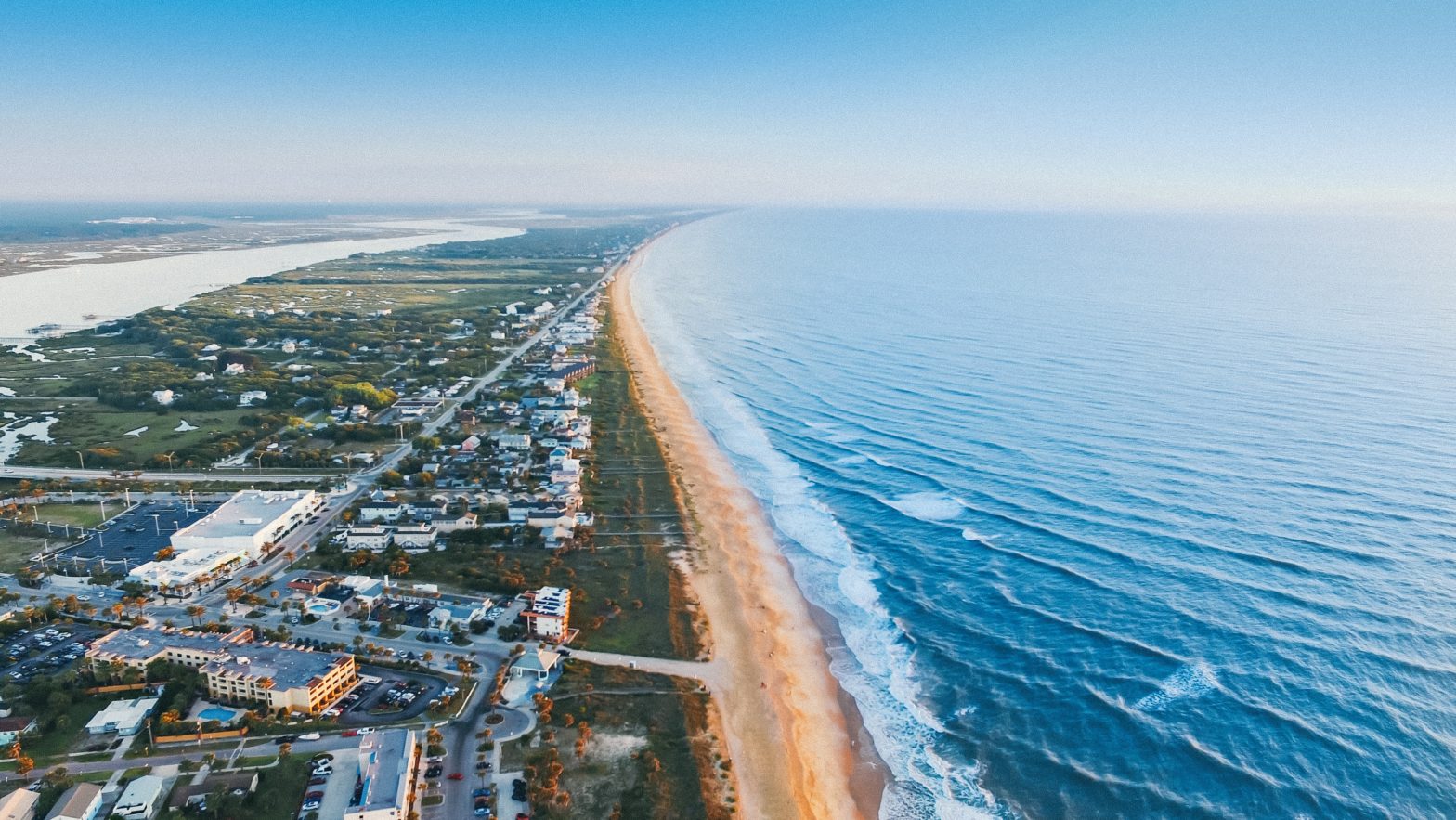St. Augustine is considered the “Birthplace of African American History.”
While the Florida city is known for both its Spanish and British history, historians say African Americans played a significant role that shouldn’t be ignored.
According to historians, Africans were among the first to explore Florida in the 1500s. Many of them joined Ponce de Leon and Pedro Menendez as soldiers to help Spain.
African Americans established the first legally-sanctioned free Black settlement, Gracia Real de Santa Teresa de Mose, or Fort Mose in 1738. Located about two miles north of St. Augustine, Fort Mose is known as the first free Black town in what would eventually become the United States.
Fort Mose African American History
Fort Mose was founded to help protect St. Augustine city from British invasion. The Spanish freed slaves at the time in return for their service to the king and their conversion to the Catholic faith. The freedmen were also welcomed into the military forces.
In 1740, when General James Oglethorpe attacked from Georgia, it was the Battle of Fort Mose that reportedly turned him around.
This free Black fort is now recognized as a National Historic Landmark and is run by the Florida Park Service, where it’s considered the “First Underground Railroad.”
The landmark reveals that not only did slaves escape to the north, but also from the British southern colonies farther south into Spanish Florida, where escaped slaves would be granted their freedom.
“Mose provides important evidence that Black American colonial history was much more than slavery and oppression,” according to The Florida Museum. “The men and women of Mose won their liberty through great daring and effort and made important contributions to Florida’s multi-ethnic heritage.”
One of the oldest written records from St. Augustine Ponte Vedra, the Cathedral Parish Archives, lists the first birth of a Black child in 1606. That’s 13 years before many textbooks say that the first Blacks on these shores arrived at Jamestown in 1619.
St. Augustine’s Importance To The Civil Rights Movement
St. Augustine also played a significant role in the Civil Rights Movement as it became a site for politics, protest, and progress.
Dr. Martin Luther King, Jr. was arrested here during a protest for human rights, with Andrew Young right beside him.
Young, who eventually became the first African American ambassador to the United Nations, led a night march from Lincolnville to the Plaza de la Constitucion, where he was met with violent opposition.
His courageous walk is memorialized in brass footsteps at the Plaza with the Andrew Young Crossing where visitors can walk in his footsteps, according to Florida Historic Coast.
Simultaneously, activists known today as the “St. Augustine Four” caught the attention of the nation for a sit-in protest.
Dozens of Black protestors decided to schedule a sit-in protest on July 18, 1963, at the local Woolworth’s lunch counter. It ended in the arrest and imprisonment of twenty-four people.
Most of the protestors were offered plea deals and their freedom as long as they refrained from protesting. Four of the arrested juveniles, two girls and two boys, refused the plea bargain.
These four children, JoeAnn Anderson, Audrey Nell Edwards, Willie Carl Singleton, and Samuel White, became known as “the St. Augustine Four.”
They were sent to “reform” school and retained for six months. Their case was criticized publicly as an “egregious injustice” by Jackie Robinson, the NAACP, several media outlets, and more. In 1964, then-governor C. Farris Bryant freed them.





